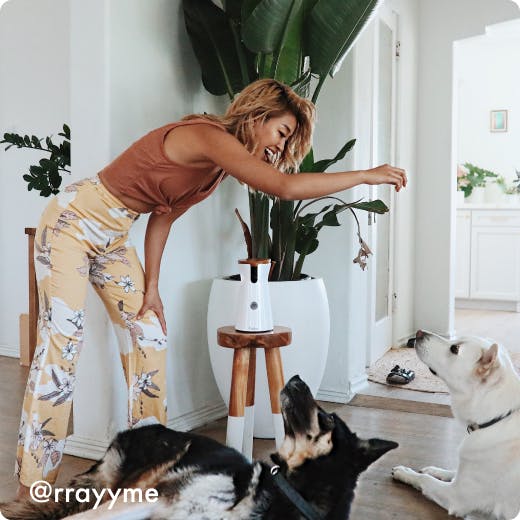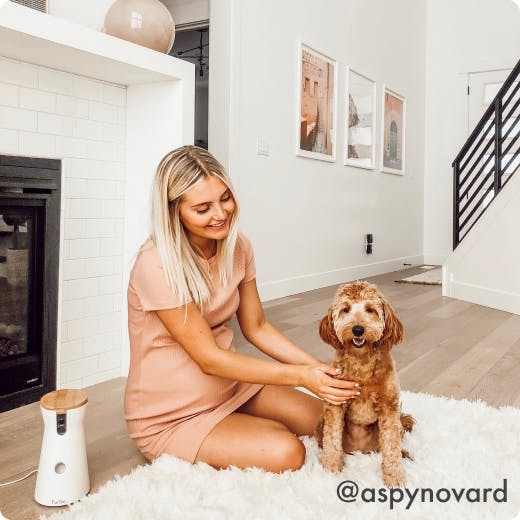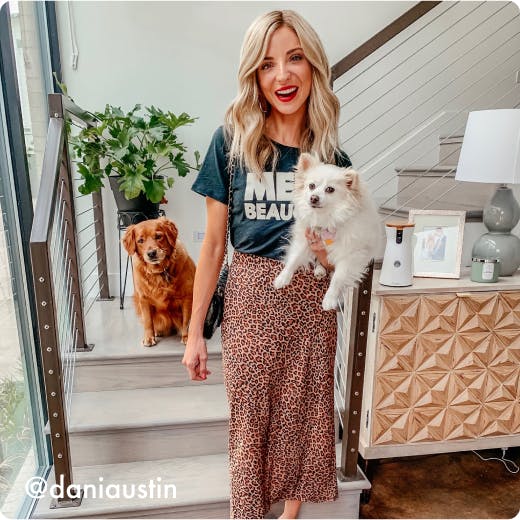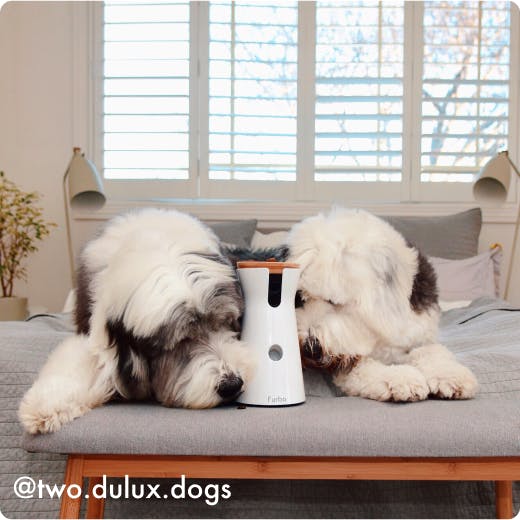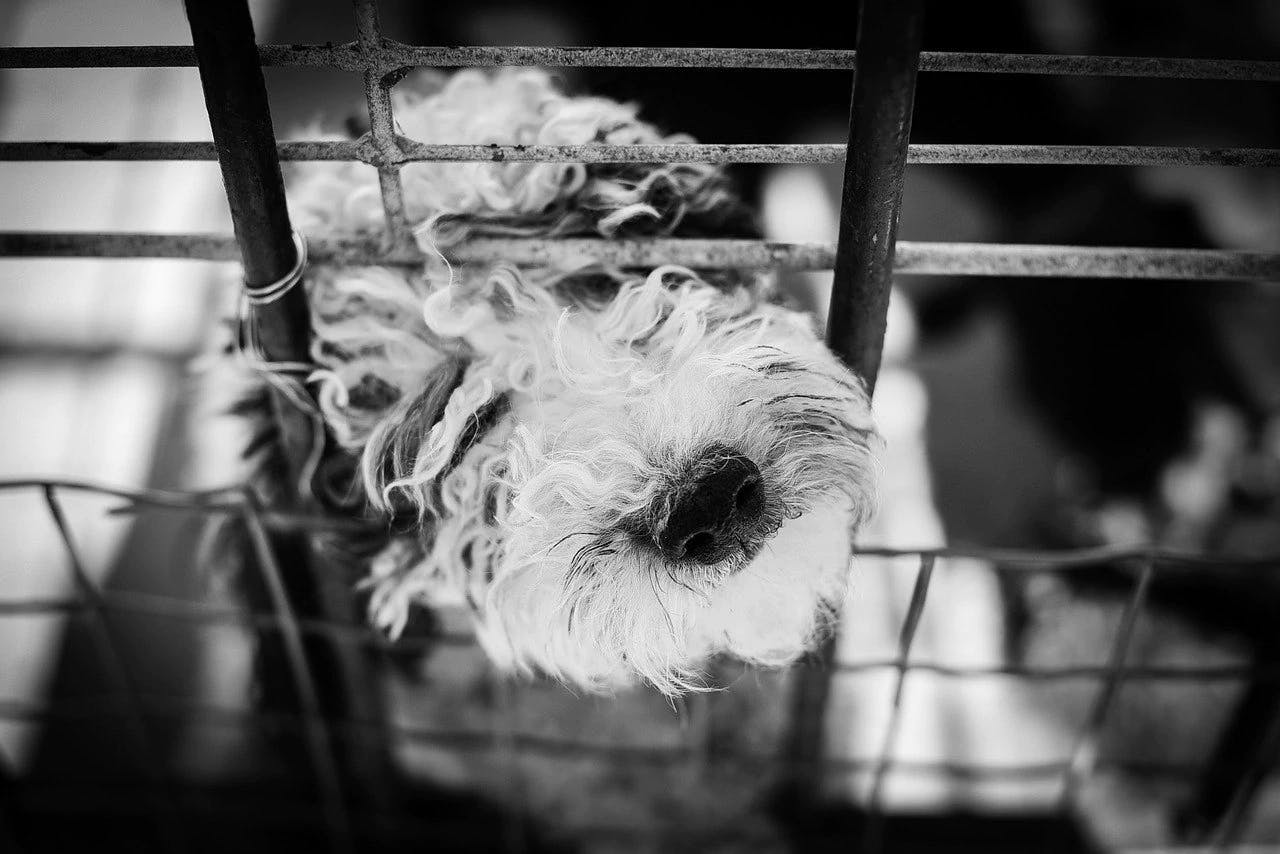
Crate training is an effective tool that can help the potty-training process as well as give your pooch a safe and secure place they can call their own. But if you've never crate-trained a dog before, you might be wondering what’s the best way to go about it. How long can you leave a puppy in a crate? If you have a new pup, this is a question you need to be asking yourself a lot. Eventually, you will need to run errands or leave for work. What happens then?
The real question you should ask yourself is: How long can a puppy hold its bladder? Dogs hate to relieve themselves in their crate, but if you don't understand their needs ahead of time, they may have no other choice.
How Long Do You Crate a Puppy?

As you get to know your puppy, you'll get a better understanding of how long you can leave your puppy in its crate. This depends on several factors
- Age: How old is your puppy? Generally, you should take a look at the number of months of your puppy and use it as a rough guideline. A five-month-old puppy, for example, can be crated for four to six hours at most. A four-month-old may be able to last three to five hours.
- Time spent away: All dogs, even grown dogs, should be crated for no more than nine hours. Crating a puppy during the day for too long can cause separation anxiety or accidents in the crate. This increases the chance of stress, anxiety, and health issues such as urinary tract infections. If your puppy develops a habit of going potty in a crate, you may have a hard time with training later.

- Temperament: Some dogs don’t like being left alone for long periods and may need more attention. Depending on the temperament of your dog, these mournful cries could continue for hours on end or just a few minutes
- Medical history: Some medical conditions can cause your dogs to relieve themselves more frequently. In this case, it’s best to hire a pet sitter or make other arrangements so your pup is never alone. It's important to know if your pooch struggles with a condition that would make holding it in more difficult.

- Breed: Every breed has its unique features and specific needs. For example, smaller dog breeds have smaller bladders, which means that they may need more breaks in between crate time.
Rest Breaks For Your Puppy

Puppies that are still in the process of house training may require more frequent breaks. Puppies that are younger than six months will need to be let out of their crate more often so they can have a potty break once or twice every few hours.

If you have a younger puppy and you can't get away from work, this means you may need to hire a friend, family member, or pet sitter to drop by your house to take your puppy out.
How to Crate Train a Puppy During the Day
Crate training should be a process that helps your puppy see the crate as a safe place of their own. You want to create an environment and situation where your puppy looks forward to spending time in its crate. Crate training your puppy offers many benefits. You can make training easier and offer your furbaby extra security and comfort even when you're away. Crate training also ensures your puppy can stay safe when you're not around and keeps your household items safe too.

When trying to crate train your puppy, start with incremental uses of the crate. Get a comfortable blanket in there and keep the environment cozy. You can even throw in an old shirt with your scent so your pup feels less anxious when you’re away. Use positive reinforcement and lots of treats to encourage an enjoyable experience in the space. Never use the crate as a punishment as it could make your pup scared of the crate and more anxious when you’re gone.
Keep Your Puppy Busy in the Crate
If you know you'll have to leave your puppy for an extended period, make sure they have all the essentials, including food and water. But beyond that, you'll want to add some items that will keep them distracted. Puppies love to play, so throw in some interactive dog toys or safe chew treats to keep them entertained.
Keep Tabs on Your Puppy While You're Away

Even when using the crate, you'll want to be able to supervise your pup in case of any emergencies. Furbo Dog Camera is a two-way communication system that lets you check on your furbaby, no matter where you are. Not only can you see and hear them with an HD and night vision camera, but the interactive smartphone app allows you to talk to them. Imagine the happiness and relief for your puppy when they hear your voice. If your pup looks a little bored, you can also use the treat dispenser for a quick interactive play.
The best part about the Furbo Dog Camera is that you'll be the first to know if an emergency arises. If your puppy looks anxious or has an accident in the crate, you'll be able to make your way home or ask a friend to stop by.

